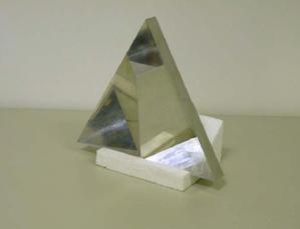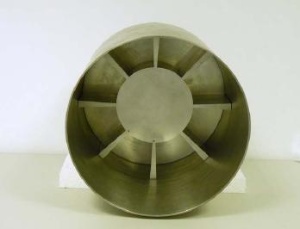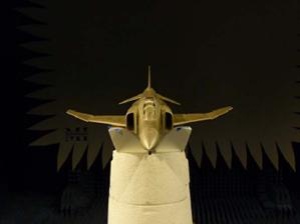Validation
The Detectability and Electronic Warfare Laboratory has developed a methodology for validating scattering or radar cross section (RCS) software prediction tools. The methodology is based on the comparison between the solutions given by the tool to be validated and actual measurements conducted in different INTA facilities, for different test cases.
There are various validation levels depending on the type of targets used in the comparison. Each level includes a set of targets geometrically different but with similar electromagnetic characteristics. The set selected for each level is wide enough to cover the electromagnetic characteristics that define that level.


Thus, among the targets used for validating, there are simple geometries such as cubes or prisms, but also medium-complexity structures such as conoespheres, multi-effect targets (corner reflectors with interchangeable cores) or dielectric parts and complex complete platforms such as aircraft mock-up models. The measurements have been conducted for different frequencies, polarizations and aspect angles and the electromagnetic characteristics considered are:
- Electrical size: small or big.
- Material: metallic or dielectric.
- Observability level: high or low.


Comparisons between measurements and simulations are carried out using an objective method based on the Feature Selective Validation (FSV) technique and the final assesment is completed by taking into account the specific conditions of each target and measurement. The targets used in the validation process have been designed, built and measured at INTA. Some of them, along with some of the measurements, have been published in international journals such as [1] and [2].
